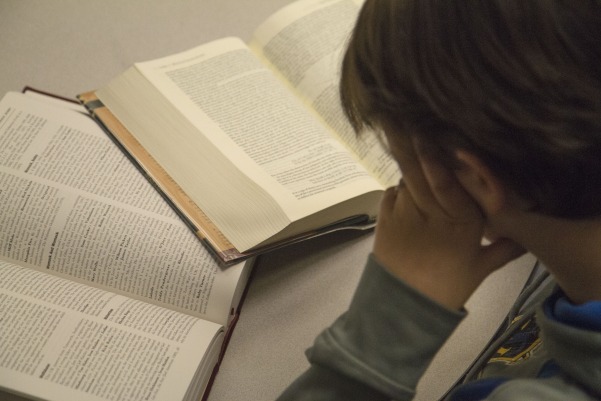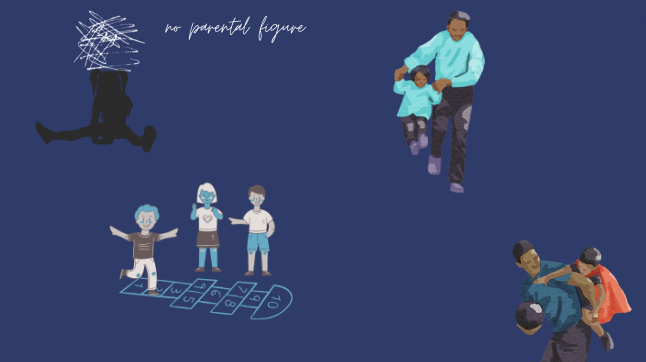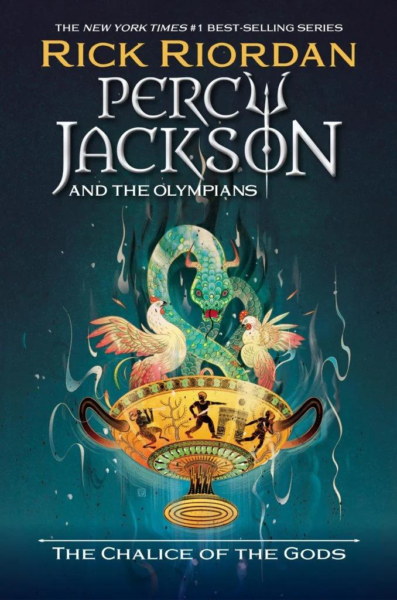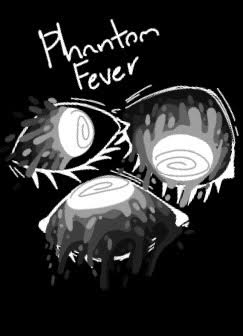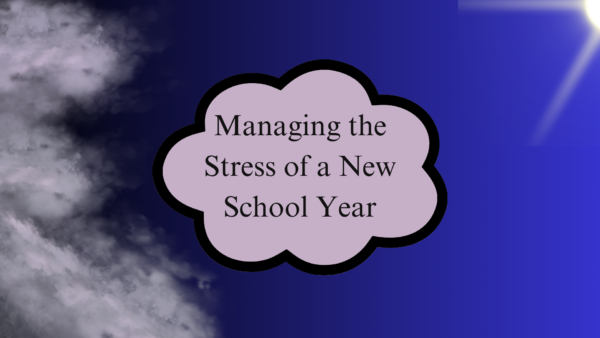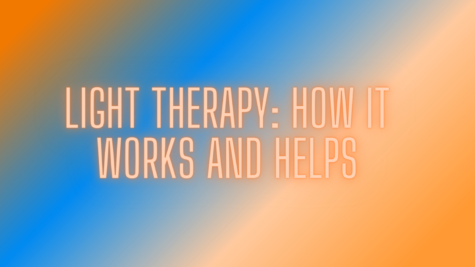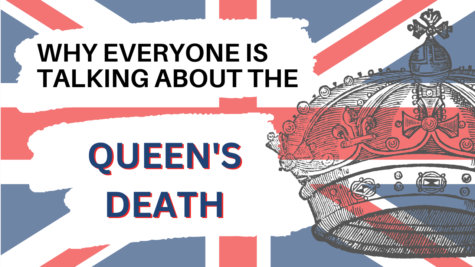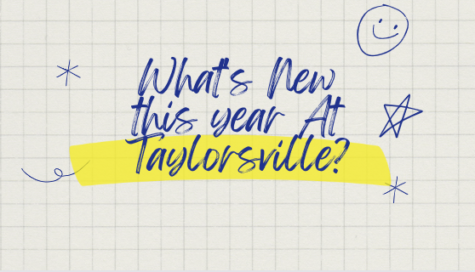Student literacy declines
A student struggling with her reading homework searching for help from a dictionary in the school library.
November 10, 2014
Only 20% of American 8th graders admit to recreational reading or reading besides what’s assigned inside the classrooms and many of the students who “only read what’s assigned” have the tendency to google summaries of those materials or skim through it and hope for the best. The same goes for high school students, who feel like reading is a waste of time, not entertaining enough, or too difficult.
“As long as I’ve been teaching, reading has been a struggle and it’s something many students struggle with or don’t want to do,” said Ms. Morris, English teacher. “Books they read in school often have outdated language or characters, so students struggle to identify with them.”
American high school students are reading at slightly-above the level expected of fifth graders. Books at this level include Matilda, Number the Stars, and The Chronicles of Narnia series. Many of the books on this grade level have won the hearts of children and adults, but the language used in them is minimally complex and contain concepts simple enough for 10 year olds to understand. These books are a pleasure to read, but don’t provide enough of a challenge for students’ linguistic comprehension to improve.
Students have more difficulties with the comprehension of books rather than the inability to read the words in them. They’re able to read books, but they don’t understand what they’re reading. An example of this, which the majority of our school’s students can relate to since this book is required reading for most of our juniors, is The Scarlet Letter by Nathaniel Hawthorne. The words in the book are simple, but they’re organized in such a way that confuses students.
“That book was just stupid… I don’t get why we have to read it,” said Mike Hawk (real name withheld), “If it’s not written how we write now, what’s the point of studying it?”
Average reading scores of 17-year-olds have, according to the National Center for Education Statistics, stayed the same for nearly thirty years. In 1971, the average was 285, and the score has only increased two points since then.
According to The Deseret News, Taylorsville High School was the 14th worst-scoring high school in Utah in 2012. 18.77% of students were below proficient in language arts, but the percentages for students who were proficient in mathematics were about the same as the number of students who were below proficient in reading.
Hawk replied with another discouraged answer when asked about what he thought of our school’s academic success, “I have a lot of friends from other schools and they’re always saying that Taylorsville is sort of ‘below average’. I haven’t really noticed, or really compared, so I like to say it’s not true, but to be honest, I think they could be right.”
Our school isn’t as “at risk” in English comprehension as many other schools; George Washington High, the school with the lowest scores in Utah, features a student body with only 22.83% proficiency in language arts. Although West High ranks as a better school than ours, about 5% more of their students are below proficient in reading, but their scores in other areas are much higher.
Out of the 15 worst-scoring schools in Utah, 6 of those are a part of the Granite School District. On average, they all score 73.5% proficient in language arts. Though besides those six schools, there is only one other school in the Granite School District out of the bottom 50 high schools in Utah.
“Reading and writing helps you solve problems, recognize things that might not be valid, and find what’s true or not true. Without a way to express all those things, it can be more difficult to organize them in your head,” continued Morris, “It’s not that students are stupid; they’re definitely not… they just need more experience and time.”

